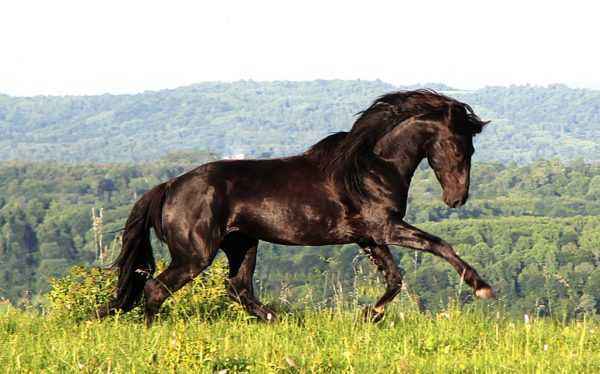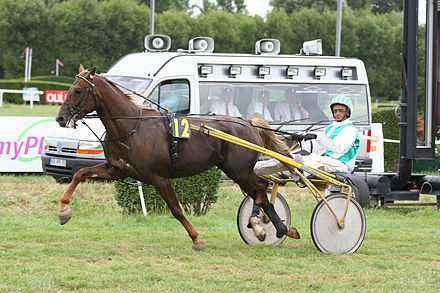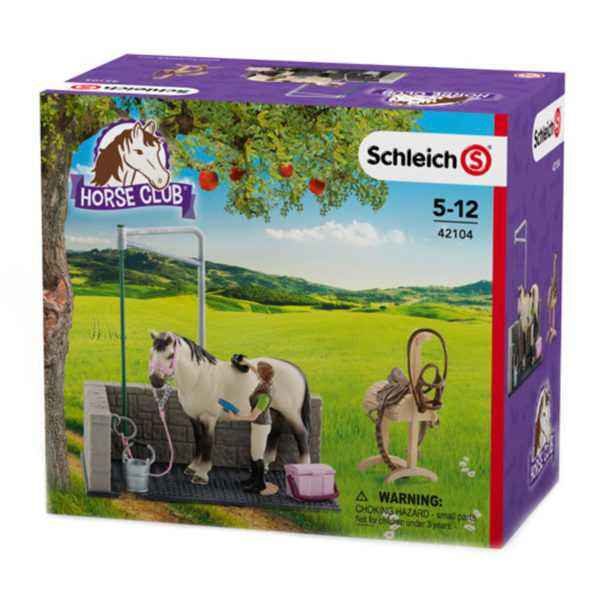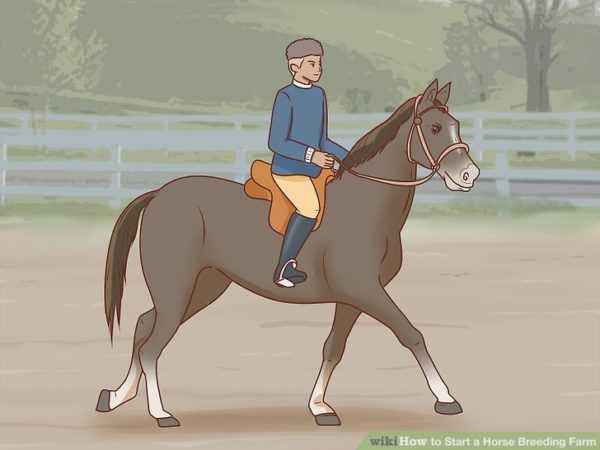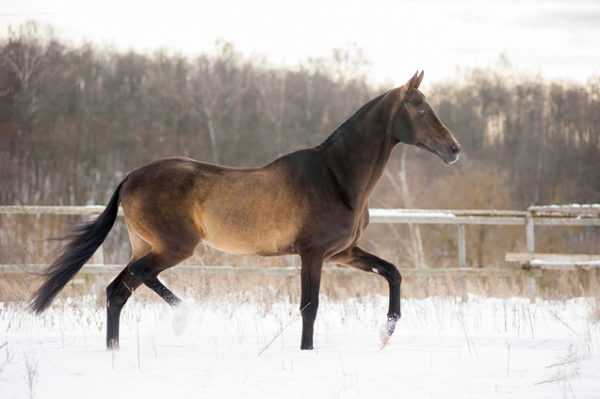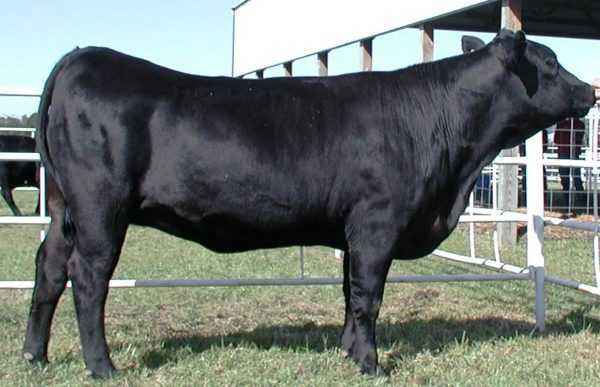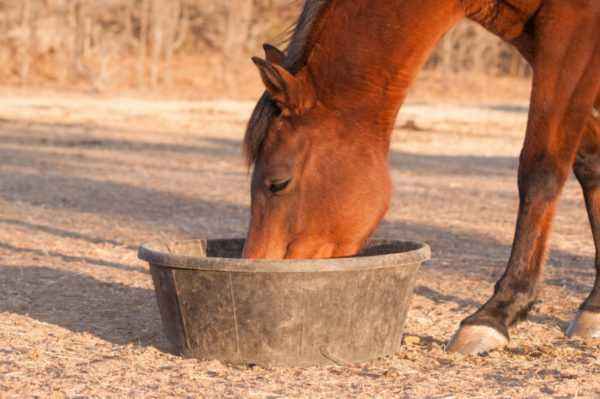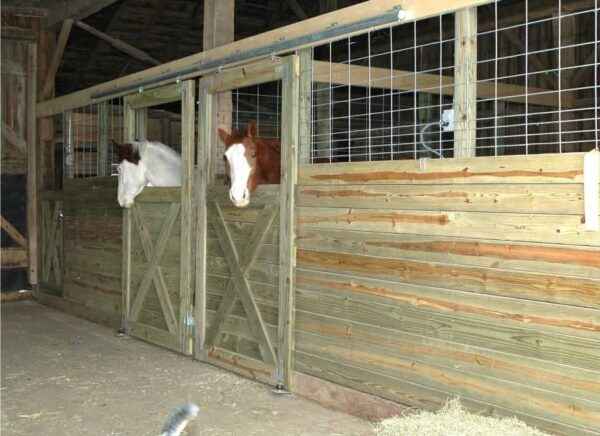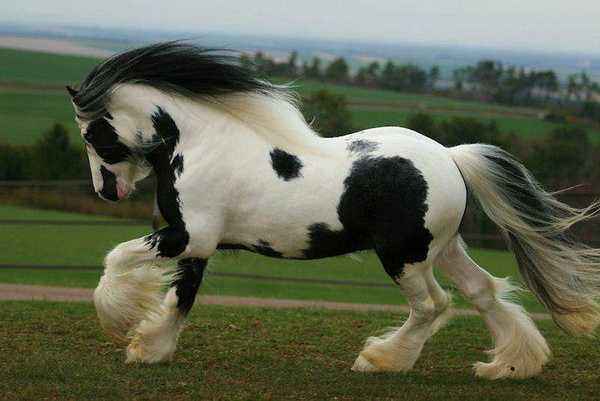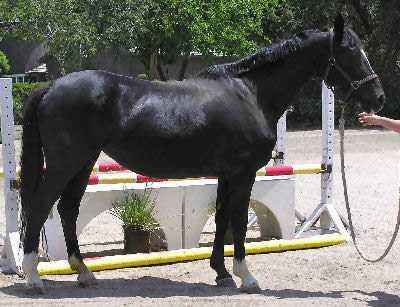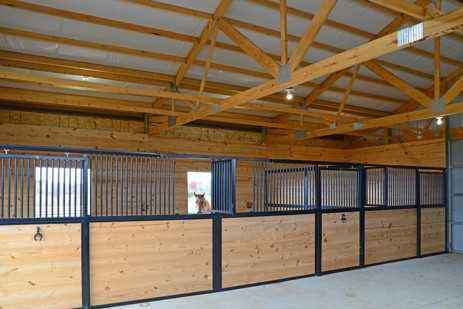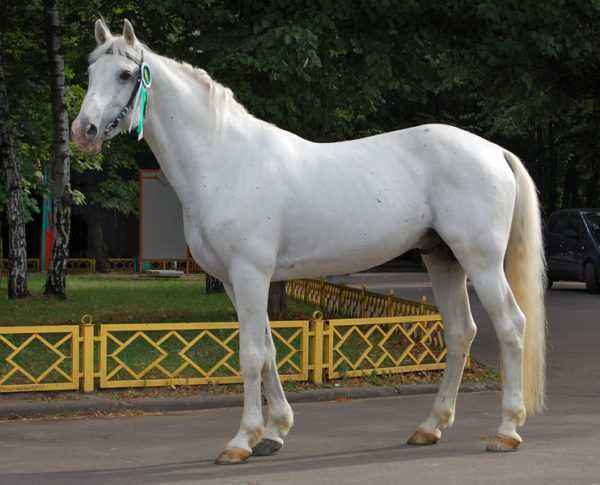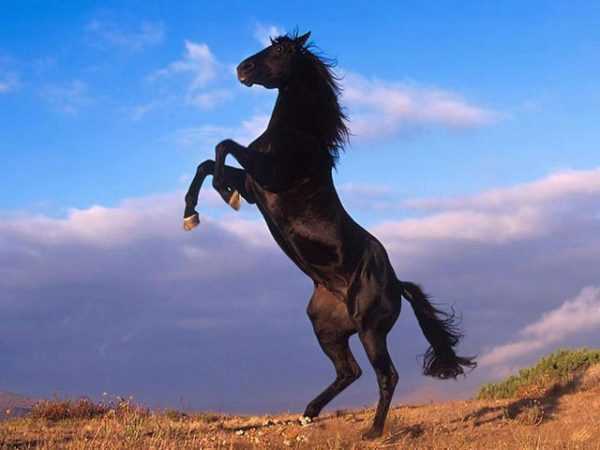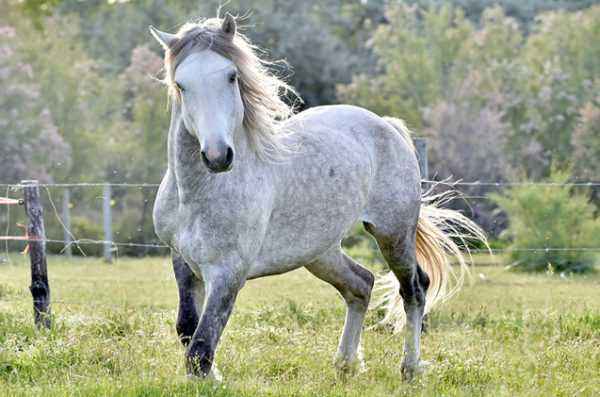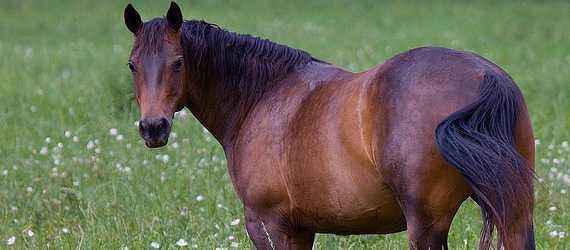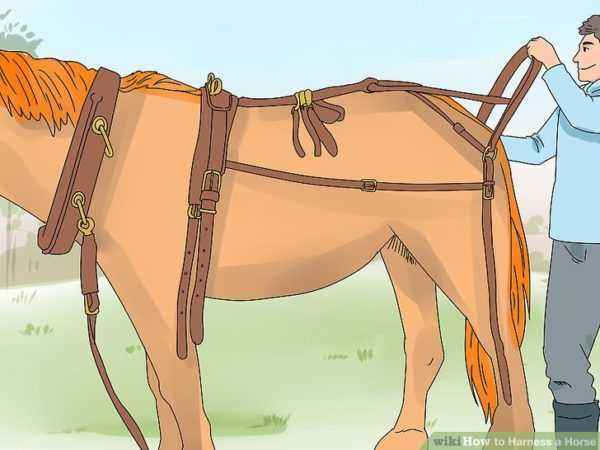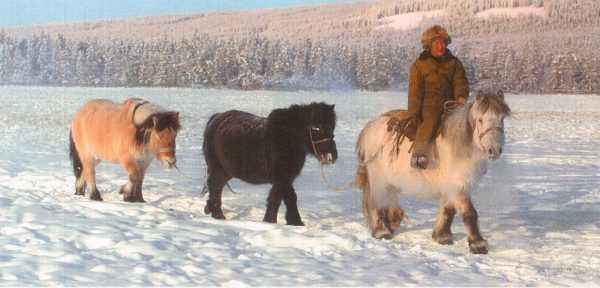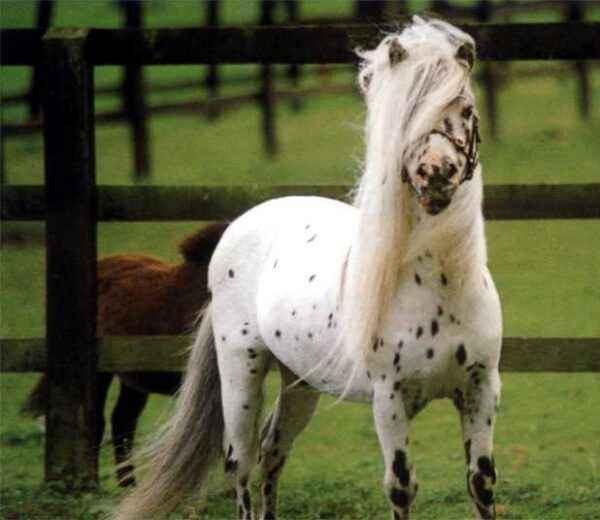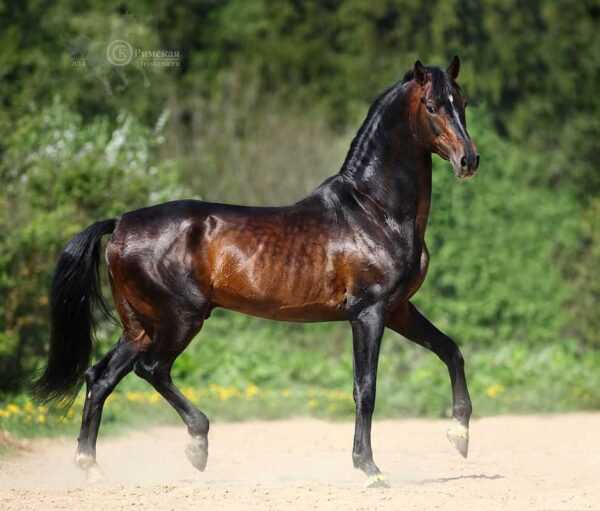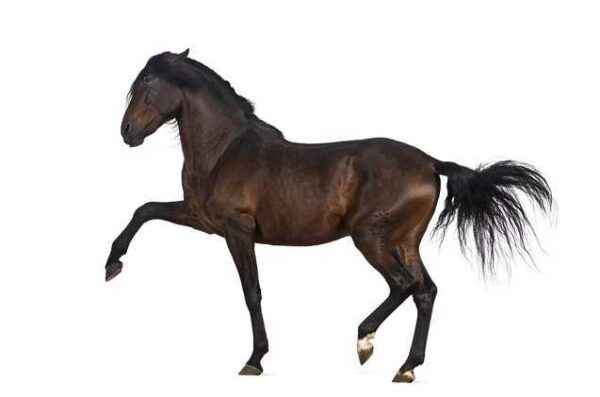Savrasai color of horses is one of the most beautiful. Horses of this color are popular among lovers and breeders due to their unusual color. For this color, the dominant gene is responsible, brightening the skin and coat of the animal. It is also called “wild color” because it is inherent in their wild counterparts.
- Description of Savras suit
- Species of Savras suit
- Breeds of Savras horses
- What color
- Conclusion
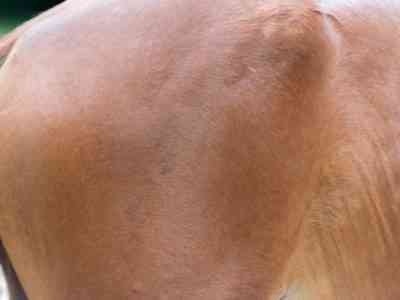
Savrasai color of the horse
Description of the savrasa color of the
Savrasai color of the horse is the carrier of the dominant gene responsible for the clarification of black and red color The Savrasosti gene is one of the most ancient.In the wild, it provided animals with the opportunity to merge with the locally This protected the herd from predators.
Regardless of the breed, the Savrasai suit has certain visual characteristics that distinguish it from others. They are called “primitive marks”:
- Black belt – strip on the back is black or dark brown in color.The strip stretches along the spine from the withers to the protruding caudal process of the spine. In rare cases, it can continue along the mane and tail.
- Zebroid stripes – the animal’s leg is painted in dark horizontal stripes. This factor is optional. Sometimes the Savrasai horse does not have stripes due to the black color of the lower leg. The stripes are simply not visible there.
- “Wings” are transverse stripes at the withers and shoulder blades. The Bashkir horse is a prime example of this. The stripes on his shoulders have a contrasting color.
- “Spider Web” – small intersecting stripes on the forehead at the Savras horse. The sign is rather rare.
- The gray strands in the mane and tail appear regardless of the leading suit.
The gene does not affect the tail and mane. They can be used to determine the leading color of the animal.
You can see all the distinguishing features with your own eyes by visiting horse shows or on the Internet, where the Savrasai color of the horse is shown in the photo.
Types of Savras suits
Despite the fact that all individuals with zonal clarification are united under the concept of “Savras horse,” you can visually notice the differences between them. There are several types of savrasa suit, based on their genetic origin:
- Raven-savrasaya horse is based on a furry suit, which in turn consists of black, brown and gray colors. The belt is black, the legs are fully or partially painted in it.
- Muhortovo-mouse-like horses are characterized by red tan marks on the buttocks, as well as around the eyes, nose and lips. The groin is also painted in a reddish color.
- The bay-Savras horse has a trunk and a head of a faded brown color. It ranges from dark to milky. In dark horses, the tail and mane are painted black. This also applies to the belt and legs. Light horses have bunches of gray hair in the mane and tail.
- Gray-gray horses have a beige body color and dark brown zones on the legs and mane with the tail.
- Red-and-gray horse has a light red body color.The belt on the back is brown with a red tint. Legs are very dark. The mane and tail match the color of the belt. Lighter-colored individuals have a salty color.
The Bulano-Savrasai horse has a primordially wild color. It is this color that prevails in wild herds. The body of the animal varies from sand to yellow. Mane and tail, dark with lightened strands. More saturated individuals are similar to dark ocher, while lighter ones are sexually gray.
Savras breeds
Savras is a wild color not found in all horse breeds. The reason lies in the very occurrence of color. Animals living in the steppes and desert areas needed protective coloring so that the herd was not visible from afar to wild predators. The breeding gene is found in breeds based on steppe horses.
Those are:
- The breed of the Fjord was bred in western Norway. Representatives of the breed existed even in the days of the ancient Vikings, where they were used as riding horses, as well as for agricultural purposes and for transporting heavy loads. Despite its long history of existence, the Fjord is the most thoroughbred breed of horse. To improve it, they never used someone else’s blood. The peculiarity of the color is that the belt continues along the mane. A dark strip of wool runs in the middle, and lighter grows on the sides. The horses are cut light strands shorter than dark, so that the strip was clearly visible.This brings a twist to the appearance of these animals.
- The breed of Bashkir horses. Her homeland is Bashkiria, Tatarstan and Kalmykia. This is the most common breed in these regions. Their ancestors are Tarpan – horses that once lived in the steppes, but became extinct at the beginning of the last century. Animals are violent in nature, they are hardy and picky in nutrition and maintenance. Mares are used in dairy production. This breed has a truly wild color.
- Przewalski’s horse. A few of its individuals are listed in the Red Book and are protected by law. The breed was discovered by N. Przhevalsky, in whose honor it was named in 1879. Their ancestors were wild tarps and Asian donkeys. That is why this Savraus horse in the photo looks like a big donkey. They are hardy and are the only members of the family to fully live in freedom. Their color is straw-red, the stomach has a lighter shade. The belt line runs along the entire body.
- Pony Soraya. Their homeland is Portugal. There were horses from a tarpan and a wild Asian horse. They used to be used for work in mines and for agricultural purposes, but as soon as the more enduring representatives were withdrawn, they forgot about Soraya. Now they mainly live in small groups, running wild for many decades. These ponies have excellent health and are unpretentious in the content and diet. Most horses of this breed are represented in the red-Savras suit.Their mane is stiff and puffs in all directions. The hooves of these little horses are very durable and suitable for walking on stones and rocks.
- Vyatka breed. Her ancestor is a forest horse that once lived at the mouth of the Vyatka River in northwestern Russia. The breed was bred as heavy, and then large trotters participated in the selection. Due to inaccurate selection, the breed has almost disappeared. In Russia, there are now several horse farms specializing in Vyatka horses. Animals are very hardy and picky in food. Thanks to their habitat, they are accustomed to low temperatures. More than half of the mares have the savrasa suit gene, but not more than 15% of gene carriers among stallions. In addition to typical primitive features, there is also a dark border around the edge of the ear. The horses’ mane is lush and dense.
You cannot meet savras in animals whose ancestors did not live in the steppe or desert. Savrasai color of a horse does not exist in Arabic, German and other similar breeds.
What color says
A color of a horse depends on a certain combination of genes in its genetic code. The suit is not only the color of the coat, but also the color of the skin underneath. Black fur grows in areas of dark skin, and light – on pink. In cases of gray color, the skin may be dark. In some horse breeds, under the light coat, spots of dark skin can be seen.
A pigment called melanin is responsible for the color intensity.The more it is in the skin, the darker the individual. Animals that do not have this pigment have snow-white coat and red sclera of the eyes. They are quite rarely born and are called albinos. Also, there is little melanin in the horses of the isabella suit. They have a light pearl shade of hair and faded, almost transparent eyes.
The color of the animal may undergo changes depending on age, season or conditions. With good feeding and maintenance, the horse’s coat has a smooth silky structure, but with a lack of nutrients, vitamins and minerals, the coat fades and has a shaky appearance. Also, the appearance of the animal can be negatively affected by diseases, including skin diseases.
Conclusion
The suit of the animal depends on the presence or absence of dominant and recessive alleles. The science of genetics is studying these features. The gene responsible for Savras coloring is noted as Dun. It is dominant in nature, as it is the initial primitive gene.
To determine its presence or absence in the animal’s genome, it is necessary to pass a genetic analysis. Do this by letting the animal in breeding or wanting to get foals of a certain color. Genetic tests give 100% accuracy and will be able to talk about the heredity of the horse.
